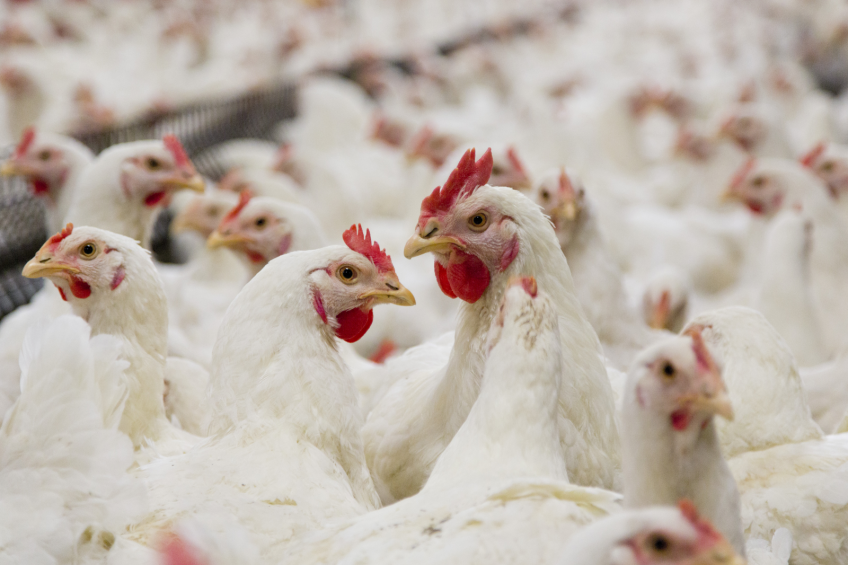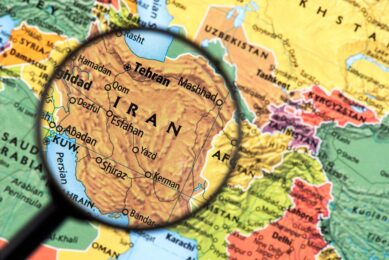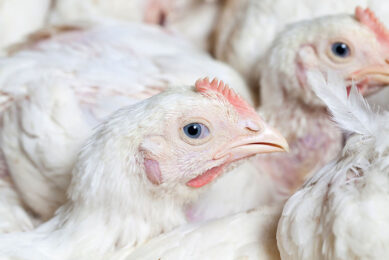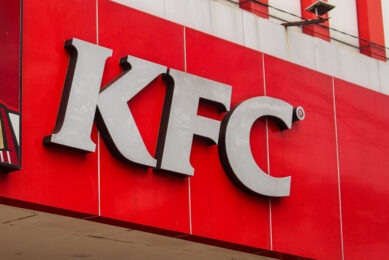Transparency is key to Turkish poultry sector growth

Turkey, like the rest of the world is ?facing a food availability problem ?with exponential population growth expected. Legislation, public opinion and media however, are all challenging factors to sustainably meet poultry meat demand.
“Beyond expectations” is how Dr Sait Koca describes the current state of the Turkish poultry sector. Speaking at the third International Poultry Meat Congress held recently in Antalya, Turkey, the president of Turkey’s Poultry Meat Producers and Breeders Association (BESD-BİR) acknowledged the huge momentum the industry has had over recent years with poultry meat production in 2014 having a staggering 8.8% increase over 2013 and turkey meat increasing two-fold since 2000.
Speaking to World Poultry about Turkey’s export targets, Koca said, “the poultry meat sector in Turkey provides significant added value to the domestic economy. Despite economic and political changes and fluctuations in currency, production and exportation rates show that the sector had reached its estimated targets. Poultry meat exportation increased to 396,000 tonnes in 2013 while it was 325,000 tonnes in 2012. According to 2014 year-end data, 431,000 tonnes were exported providing 700 million USD inflow of foreign currency.” The primary export market for the country is Iraq who accounts for more than half of the country’s exports.
However, Koca warned that new export markets need to be found due to the introduction of new custom taxes in Iraq which could eventually harm Turkish exports. The industry therefore, is at a turning point and is now focusing on revision of laws with the goal of increasing its reputability in the global market. Koca urged for caution within the industry as “it is facing many challenges and this proven level of growth is not sustainable without changes.”
Population growth
One of the challenges he referred to is the global problem of population growth and food availability. In Turkey alone, the population in 1950 was 21 million, in 2014 this had risen to 77.7 million and in 2050 it is forecast to grow to 93.5 million. “Therefore these same concerns we are hearing across the world also apply to Turkey,” he warned.
In terms of poultry meat production in the country this has risen to 1.9 million tonnes in 2014 and this growth is largely attributed to investments in integrations throughout the 1990’s and these facilities are on top of technological developments. The target for 2030 is to reach 3.95 million tonnes for broiler production and 4.26 million tonnes for total poultry production, but “state investments and support are necessary to reach this growth by 2030,” Koca concluded.
Information pollution
Another cause of concern for the Turkish poultry industry is the role of the media in forming public opinion on agricultural practises, particularly in relation to the use of Genetically Modified Organisms (GMO’s) in the poultry sector. The practise is currently banned in Turkey due to legislative decision-making and in some extent to public perception and scare-mongering. At the congress Dr Ali Atif Bir of Bahçeşehir University, Istanbul, focused on information pollution by the media and its association with the poultry industry. “Public opinion shapes food policies,” he stipulated while highlighting the fact that media can report situations without any scientific merit. “Unless you understand public opinion, you don’t know where to start,” he warned the attendees. He even gave the example of doctors encouraging patients to avoid poultry meat based on media reportings of antibiotic use in chickens. Koca also addressed this problem saying, “as a sector, we perform intensive studies regarding correct notification of the public. We conduct perception surveys continuously and determine or revise our action plans according to their results.”
GMOs in Turkey
GMOs are also a topic of concern for the Turkish poultry industry. An expert in this field, Dr Selim Çetiner of Sabancı University, Istanbul, brought the GMO debate closer to home explaining how Turkey has translated EU directives into Turkish and adopted this as a directive. There are now calls among the industry to take this one step further and to adopt full compliance with EU legislation. He highlighted the legal inconsistency in Turkey, which signed the Biosafety Law in 2010, which does not allow the production of GMO crops but permits their import based on certain conditions. Currently 13 corn varieties for animal feed are permitted and 21 GMO corn varieties to be used as animal feed are awaiting approval of the biosafety commission. “It is up to the sector to educate the consumer on how to differentiate between the scientific risks and emotional concerns,” he explained in a presentation at the congress. He argued that feeding the growing population would not be possible without adapting modern practises and those who do not use GMO’s will fall behind, he warned. Çetiner also referred to the global use of GMO’s stating that in the last 19 years 185 million hectares, equating to 12% of the world’s agricultural land has used modern biotechnology with no harmful consequences for consumers.
Food safety
Last but not least, a challenge which is prominent in both Turkey as well as the rest of the world is the issue of controlling pathogens in the poultry sector. Dr John Luchansky, USDA, spoke on this topic, highlighting the fact that food safety is a shared responsibility. The US, which has a $1 billion research budget, spread across 19 national programs spends $10 million towards poultry research and food safety. In many USDA studies, it would not be the turkey or chicken which were causing illnesses such as listeria monocytogenes but other base-products used before the chicken is eaten by the consumer. In 2002 a US survey revealed a 1.6% prevalence of listeria monocytogenes in poultry, which was an alarming figure considering the quantity of the product eaten. Since then policies were put in place, and through regulations and changes a 10 to 100-fold decrease was seen across 10 categories in a follow-up survey in 2012. “This is what good partnerships can do,” Luchansky argued. He also highlighted some examples of measures being taken, such as the use of antimicrobials, to enhance food safety. “Although you can obviously achieve gains in food safety pre-harvest, there are also a lot of gains to be found in post-harvest situations,” he concluded.
3rd International Poultry Meat Conference
Antalya, Turkey was the location for 3rd International Poultry Meat Conference held in April 2015. The biennial event organised by the Turkish Poultry Meat Producers and Breeders Association (BESD-BİR) is now celebrating its third outing. With over 1,000 attendees from 27 countries it is enjoying increased participation and success each time. The congress was opened by chairman, Prof Necmettin Ceylan, Dr Sait Koca (pictured right), president of BESD-BIR, Ibrahim Yigit, president of the committee on agriculture, forestry and rural affairs and Ibrahim Őzcan, a representative from the ministry of agriculture. Dr Ceylan highlighted the importance of science when opening the event; “Poultry is a science”, he stated and the reason for significant growth in FCR’s for example, is not due to hormones or antibiotics but due to “science and technology advancing day by day to benefit the sector”. Along with poster presentations and a small tradeshow, 19 speakers presented in three simultaneous sessions highlighting a broad range of topics relevant to the international poultry industry. Other prominent speakers included Dr Ludovic Arnaud from FEFANA and Dr Paul Hocking from the Roslin institute, UK. Others included noted poultry scientists from the Netherlands, the US, the UK and naturally Turkey.
Join 31,000+ subscribers
Subscribe to our newsletter to stay updated about all the need-to-know content in the poultry sector, three times a week. Beheer
Beheer








 WP Admin
WP Admin  Bewerk bericht
Bewerk bericht